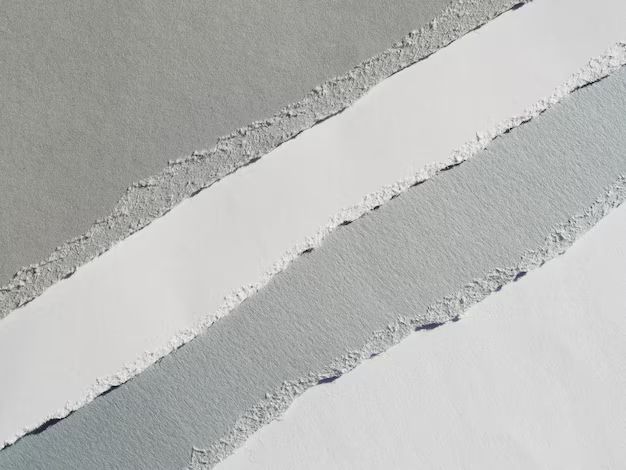Drywall cracks are a common issue that can occur in homes and buildings for various reasons. Fixing cracks in textured or popcorn drywall ceilings can be a bit more challenging than fixing smooth drywall, but it is still a do-it-yourself project if you have the right materials and follow the proper steps.
Page Contents
What causes cracks in textured drywall?
There are several potential causes of cracks in textured drywall:
- Natural settlement of the home causing stress on drywall seams and joints
- Shrinkage of wood framing members as the house ages and dries out
- Incorrect installation where drywall panels were not properly secured
- Building movement from seismic activity or soil shrinking/expanding
- Temperature and humidity fluctuations causing materials to expand and contract
The direction and location of the crack can help determine the cause. Cracks parallel to wall studs are likely from natural building movement or settlement. Cracks perpendicular to studs may indicate improper installation. Diagonal cracks tend to form from seismic activity.
Steps for fixing drywall cracks
Fixing cracks in textured drywall involves steps to prepare the surface, seal the cracks, and blend in new texture.
Materials needed
- Joint compound
- Drywall primer
- Paintable latex caulk
- Drywall patching compound
- Textured wall patch
- Paint brush and roller
- Sandpaper
- Putty knife
- Utility knife
- Paint to match existing walls
Step 1: Prep the surface
Use a putty knife to scrape away any loose material around the crack. Use a utility knife to cut away any loose edge paper or tape. Widen the crack into a “V” shape if needed so it has room for filling compound. Vacuum away all dust and debris.
Step 2: Fill the crack
Use joint compound and a putty knife to fill the crack flush with the wall surface. Apply multiple thin layers allowing time in between for drying. Let it fully dry overnight.
Step 3: Apply caulk
Run a bead of paintable latex caulk over the crack and use a putty knife to spread it out about 2-4 inches wide feathering the edges. This helps blend the texture. Let the caulk dry completely.
Step 4: Seal with primer
Use drywall primer to seal and prepare the area around the crack. This helps blending texture and paint. Let the primer dry completely before texturing.
Step 5: Match texture
For small cracks, you can usually blend the surrounding texture using drywall patching compound applied with a brush or trowel. For larger repairs, use a textured wall patch product to match the texture. Apply several coats feathering the edges.
Step 6: Blend with paint
Once the texture has dried, apply paint over the repair area with a brush to blend the patch. Use a small paint roller over the entire wall surface to blend further. Apply a second coat of paint if needed to make the repair blend seamlessly.
Tips for preventing cracks
To help prevent new cracks from forming, consider these tips:
- Allow proper drying time when installing new drywall – 30-45 days is best
- Ensure framing materials have stabilized moisture levels before drywall
- Use silicone-based caulk when painting for flexibility
- Don’t overtighten drywall screws which can fracture drywall
- Seal air leaks around windows, outlets, etc. to balance humidity
- Avoid hanging heavy objects on drywall wherever possible
When to call a pro
In some cases, it’s best to call a professional drywall contractor to fix cracks:
- Cracks wider than 1/4 inch
- Multiple cracks along a seam indicating a underlying problem
- Cracks running through detailed texture needing special tools to match
- Cracks in a ceiling or high area that is difficult to reach
- Severe cracks needing drywall replacement rather than just patching
A pro may be able to better identify and fix the underlying cause to prevent cracks recurring. They also have the tools and experience to match tricky textures and make repairs look seamless.
Conclusion
Fixing drywall cracks is a common DIY project that’s relatively easy with the right materials and techniques. Carefully clean, fill, and blend texture and paint around cracks to make repairs disappear. Addressing underlying issues and following good drywall practices can help minimize cracks in the future. Call on a drywall pro for more complex crack repairs or underlying problems.
